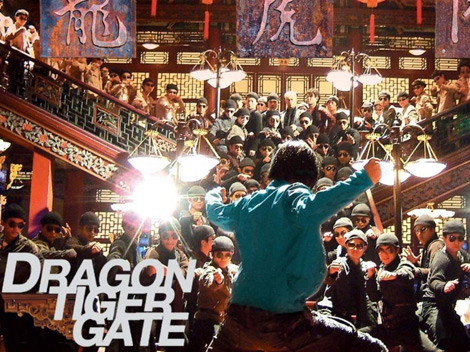In August 2012 I joined a research team of Yunnan University to northeast Tibet, close to Sichuan Province. We followed two Tibetan projectionists, separately, from one village to another, to see how they set up the projection equipment, hung the screen, chatted with villagers, and watched films together when it was dark.
This film screening is regulated, and is managed by the China General Bureau of Radio, Film and Television. One projectionist must finish screening a certain number of films in a year and at various locations. Although the films were selected by the General Bureau, a projectionist has his own freedom to choose which to be screened on any particular day.
Apart from a few films about war, in particular about the battle between the Communist Party and the Kuomintang, the dominant films we watched in half a month were swordsman films.
The projectionist chose such films as priority because they had always been the most welcomed by his audiences. I wondered in what ways the Tibetan audiences understood this kind of films, many of which were in Mandarin and hadn’t been dubbed or subtitled with Tibetan language, and which mainly deal with the knight-errantry in the Chinese Han culture.
From the talk of the projectionist and the responses by the audiences, I realized that my worries were redundant. The audiences, from the young to the old, all enjoyed the films very much, and wouldn’t get bored to see the same film that had been repeatedly screened several times; they laughed or shrieked at the right moments, though most of them were in fact not good at understanding Mandarin at all.
This reminded me of a similar situation overseas, where many people may not know about China’s politics that well, but can vividly tell what Crouching Tiger, Sleeping Dragon is about.
 Facebook
Facebook  Twitter
Twitter  Soundcloud
Soundcloud  Youtube
Youtube  Rss
Rss 